Nikon CoolPix S610c Review
Nikon CoolPix S610c
Nikon's new compact lets you upload your pictures to the Internet directly from your camera via built-in Wi-Fi.
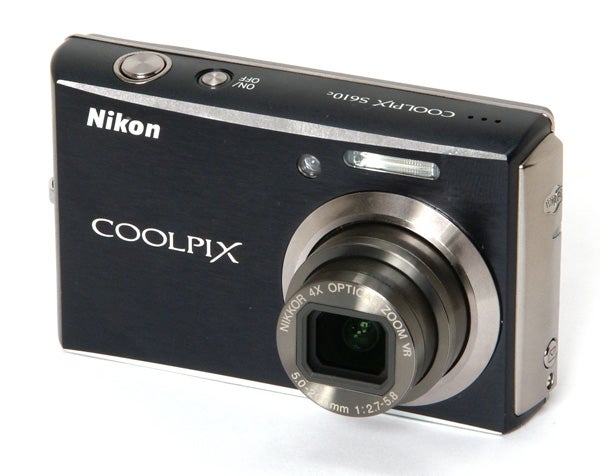
Verdict
Key Specifications
- Review Price: £270.00
On Thursday I took a look at the Nikon CoolPix S560, a neat little 10-megapixel ultra-compact offering a lot of features and quality for a very reasonable £160. Today I’m trying out another of Nikon’s S-series cameras launched at the same time, the CoolPix S610c. While it shares the same 10-megapixel resolution as its stablemate, in other respects it has a very different specification, featuring a 4x zoom lens with a 28mm-equivalent wide angle, a three-inch LCD monitor and built-in Wi-Fi connectivity for uploading pictures directly to the internet. 
Of course such advanced technology doesn’t come cheap, but even considering that the S610c is an expensive camera. It’s currently selling for a hefty £270, considerably more than most other comparable cameras. The Sony Cyber-shot W-170 is around £160, the Panasonic FX37 is under £190, the Canon IXUS 970 IS is now down to under £200. While none of these models have wireless internet connectivity, one has to consider if that feature is sufficiently useful to warrant spending so much more money. There is a non-Wi-Fi version, the S610, available for around £195, which may be more suitable for some users.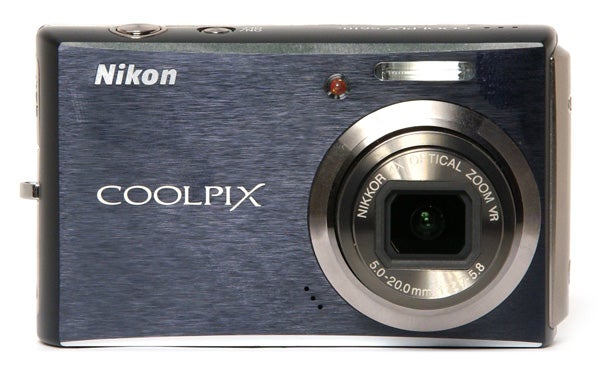
While there have been a number of previous Wi-Fi capable cameras, the S610c is the first to use the new Wi-Fi Protected Setup (WPS) protocol, which is supposed to be an easier way for inexperienced users to connect securely to a home wireless network. Having tried the camera on my own home network, it is indeed quite easy to use, requiring only the input of my security WEP password before detecting and connecting very quickly. Included on the software CD is a utility to set up an account and connect with Nikon’s online picture sharing service My Picturetown. Once the camera has been registered on the site uploading pictures to the 2GB of free storage space is relatively straightforward. It was however very slow. I have an 802.11g wireless router and a 10MB cable broadband connection and it was still taking around 1 minute 20 seconds to upload each picture. If you’ve got a hundred holiday snaps you want to share you’re going to be sitting in that cybercafé for a very long time.
Apart from the Wi-Fi connectivity, the S610c offers a number of other significant qualities. As with the rest of the premium S-series, the build quality is excellent, with a strong all-aluminium body. Unlike most other current ultra-compacts the S610c is only available in black, but is attractively finished with a stylish brushed texture. The overall shape of the body is simple and understated, much like the S560, and like that camera it has a textured indented area on the rear panel that serves as a useful thumbgrip.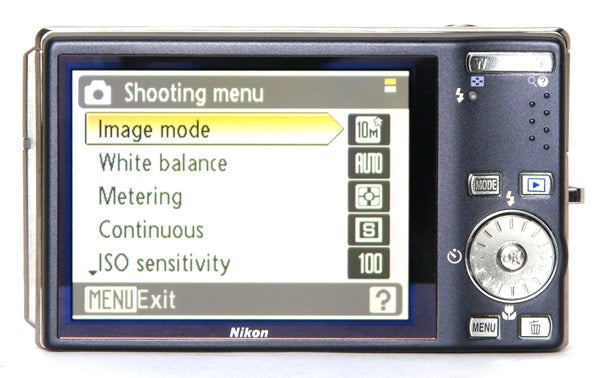
That’s where the resemblance to the S560 ends though, unfortunately. The control buttons on the back are smaller and more fiddly, and the S610c has one of those rotary-dial D-pads that people seem to either love or hate. Personally I don’t like them, but I have to admit that I’ve seen worse ones than this. It integrates reasonably well with the mode selection menu and does make entering email addresses and WEP keys somewhat easier. I still don’t think it offers any real advantage to a conventional D-pad, but it’s not too bad.
What is bad though is the lack of menu shooting priority. What this means is that on most cameras, if you’re in the menu system adjusting something and you suddenly see a shot you just have to take, tapping the shutter button cancels the menu and returns the camera to shooting mode. The S610c doesn’t have this feature; instead you have to press the menu button again to cancel it, which can be annoying if you’re in a hurry. Fortunately playback mode does have shooting priority, which is something at least.
The S610c has a fairly limited range of automatic shooting options, less in fact than the cheaper S560. It has the usual program auto mode as well as 16 scene programs in Scene mode, with an Auto Scene Selector mode that will set the right scene program for you depending on the situation. It has the latest must-have high tech features including face detection and smile shutter, although it lacks the blink detection feature of the S560. Like the S560 is has a single special shooting mode in the main mode selection menu, but instead of the downright odd ‘food mode’, for the S610c it’s the potentially more useful ‘active child’ mode. I still don’t understand why this wasn’t included in the scene mode options.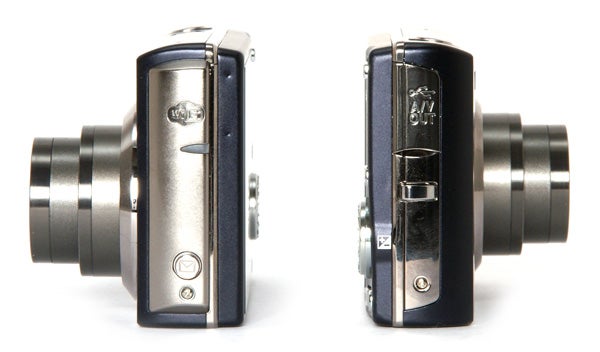
Several other useful options are notable by their absence, such as spot metering or the interval timer shooting mode. These are present on less expensive Nikon S-series models, including the S560, which is starting to look like even better value by comparison to this camera.
The S610c has optical image stabilisation which appears to work well enough when the camera is hand held, but I did notice one odd effect. On exposures longer than about a second, with the camera fixed on a tripod, the image stabilisation system actually appears to introduce quite visible shake into what should otherwise be a perfectly stable shot. I have absolutely no idea why it would do this, but I tried it several times and the effect is definitely real. If you’re planning on using the S610c on a tripod I’d suggest turning the VR system off.
Nikon claims that the S610c has the fastest start-up time of any current compact camera, at 0.7 seconds. If it were true this would indeed be an impressive performance, but unfortunately that figure is very misleading. When you turn the camera on the lens pops out and the monitor activates with impressive speed, but if you try to take a picture straight away nothing happens. In fact the camera isn’t ready to take a picture until just over two seconds have elapsed, which is merely average performance for a premium compact, and a long way short of the world record that Nikon is claiming. I really dislike this kind of disingenuous and deceptive marketing. A manufacturer of Nikon’s stature shouldn’t need to lie about its products in order to sell them, and I am very disappointed that it has chosen to do so.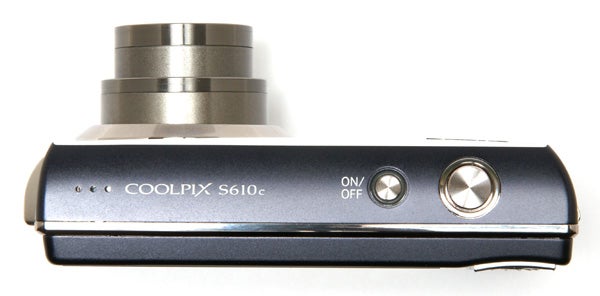
Other aspects of the S610c’s performance are equally average. In single shot mode the shot-to-shot cycle time averages 3.3 seconds, which is actually pretty slow by comparison to other cameras in its class and price bracket, and is made even slower by occasional inexplicable pauses where the camera simply refused to either focus or shoot for several seconds. In continuous shooting mode it can manage just over a shot a second, but as with the S560 there is no audio cue to let you know when it’s taking a shot, and the rate is also quite variable.
The autofocus system is quick and accurate in good light, but does slow down a lot in lower light levels. It also hunts around a lot at longer zoom ranges. These are old problems for Nikon, and ones which I thought had been solved, given the decent performance of the S560, but it seems the S610c has slipped back a few steps.
The image quality is pretty good, but also not as good as I’d hoped. Exposure metering and colour rendition are generally good in decent light, but dynamic range is very limited, resulting in both featureless shadows and blown-out highlights in high contras shots. Overall image clarity and detail are quite disappointing, due in part to the rather harsh image compression, but also due to the lens, which while it keeps distortion to a minimum even at the 28mm-equivalent wide angle end, suffers from noticeable chromatic aberration and corner blurring.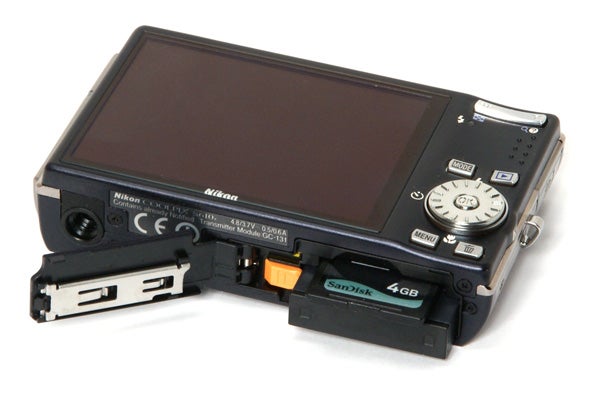
Image noise is also not as well handled as the S560. There is noise visible even at the lowest ISO setting, and while shots at 800 ISO are quite well detailed there is a lot of colour distortion and visible noise especially in the darker areas of the frame. Images shot at the maximum ISO 3200 are at full resolution, but show poor saturation in the green channel and a lack fine detail.
”’Verdict”’
While the overall build quality is up to Nikon’s usual high standard, the design of the S610c has a number of niggling flaws that make it a less than satisfying camera to use. It lacks some useful features found on other models in the range, and the performance is nowhere near the claimed level. Picture quality is generally quite good, although image noise control is not as good as the cheaper S560.The Wi-Fi feature does work well, but if you don’t really need that then you’d be better off looking for a cheaper alternative.
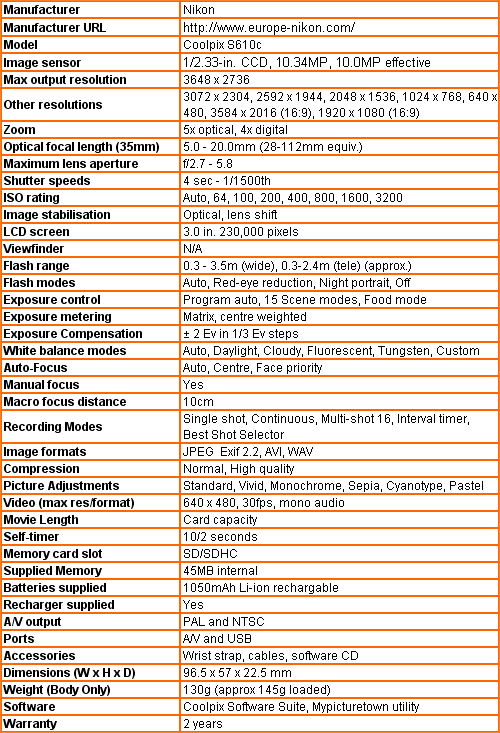
”Over the next few pages we show a range of test shots. On this page the full size image at the minimum and maximum ISO settings have been reduced to let you see the full image, and a series of full resolution crops have taken from original images at a range of ISO settings to show the overall image quality. ”
—-
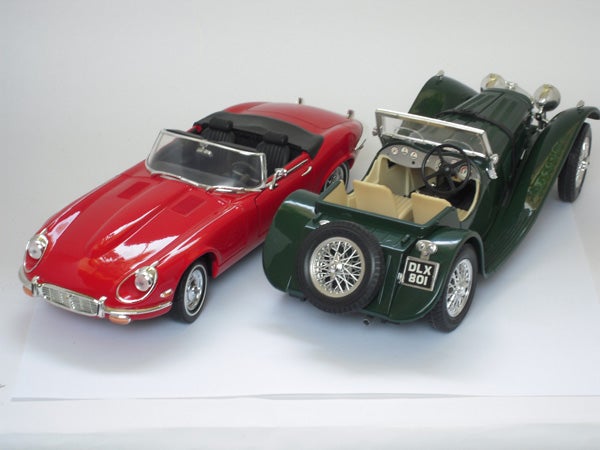
—-
This is the full frame at the minimum ISO setting.
—-
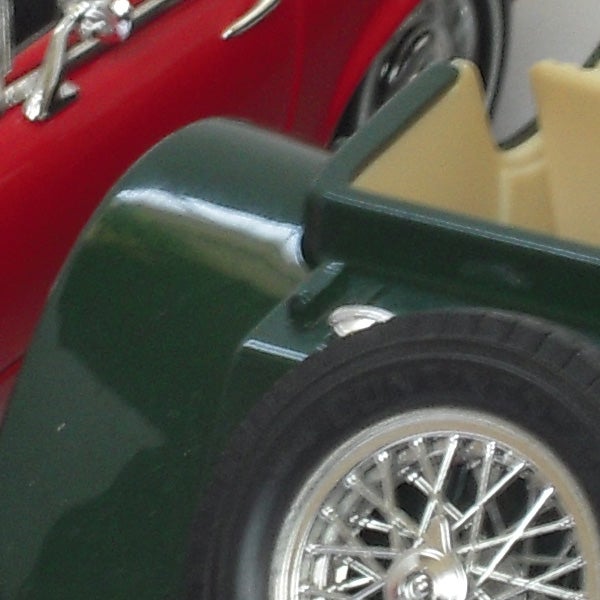
Even with the camera mounted on a solid tripod, the image stabilisation turned on and using the 2-second self timer to fire the shutter, the S610c still shows camera shake in this 1/2 second exposure, but at least it’ll take your mind off the image noise that is visible in this 100 ISO shot.
—-
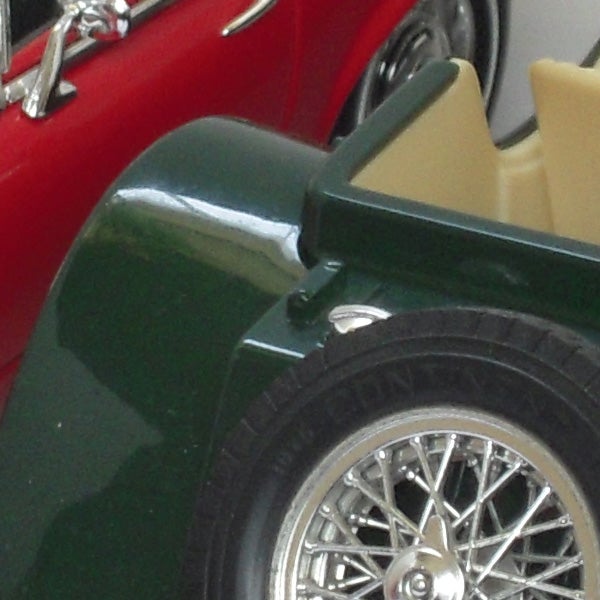
Noshake this time at 1/4 of a second, but image noise is still visible.
—-
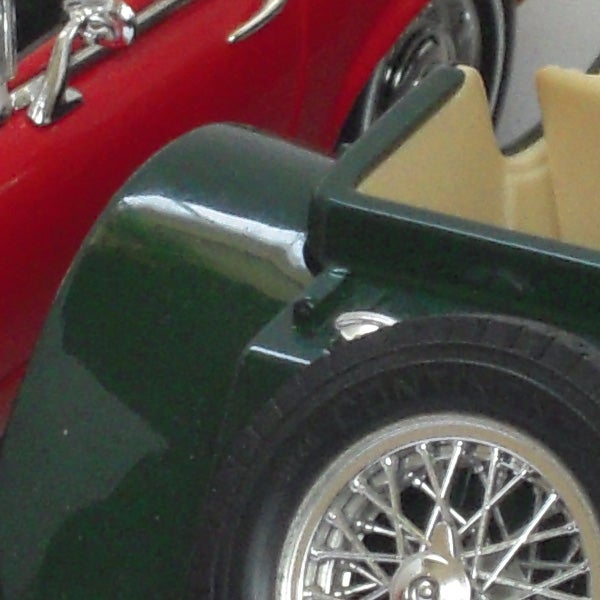
Slightly more noise at 400 ISO.
—-
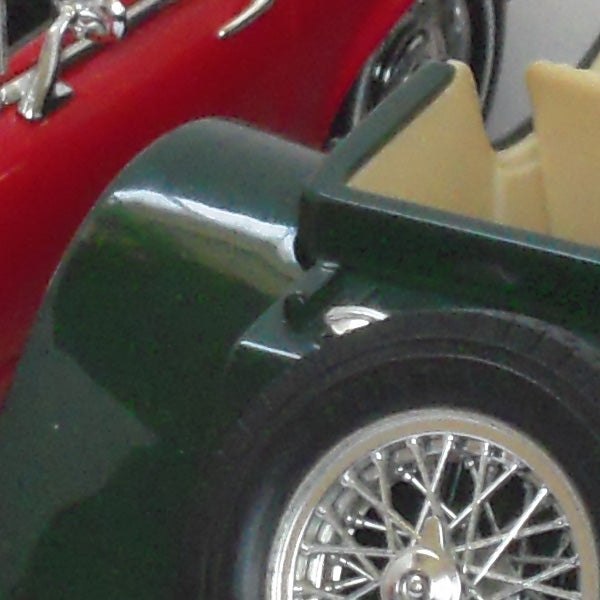
By 800 ISO the level of detail has dropped considerably, and colour saturation is fading.
—-
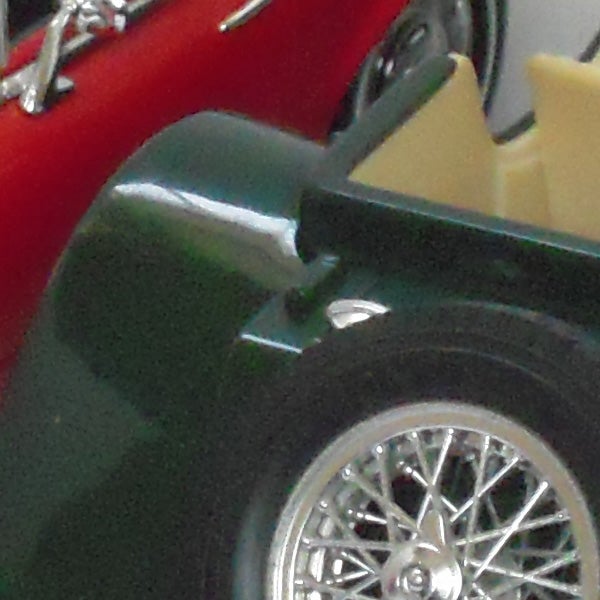
At 1600 ISO almost all fine detail has gone, and the noise levels are much higher.
—-
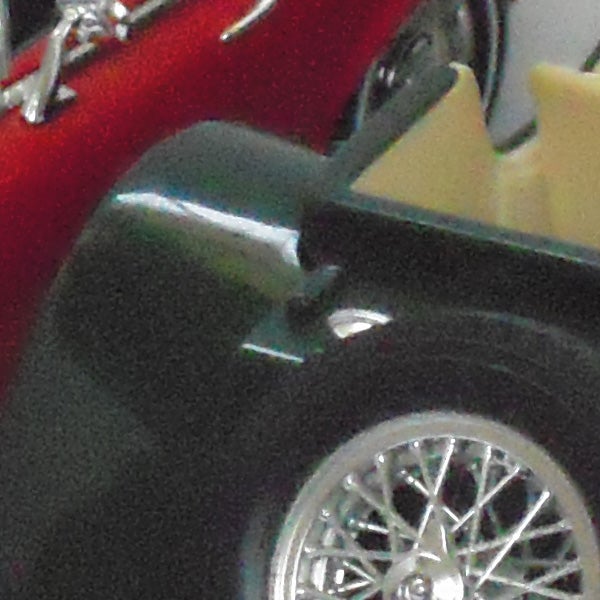
3200 ISO is full resolution at least, but the image quality is not good.
—-
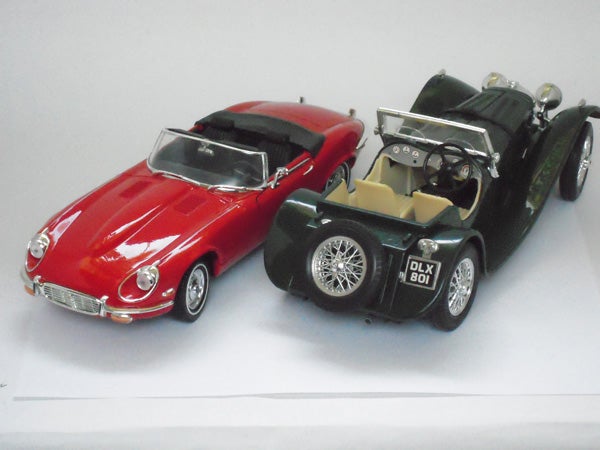
This is the full frame at maximum ISO.
—-
”A range of general test shots are shown over the next two pages. In some cases, the full size image has been reduced for bandwidth purposes, and a crop taken from the original full resolution image has been placed below it to show the overall image quality. Some other pictures may be clicked to view the original full-size image. ”
—-
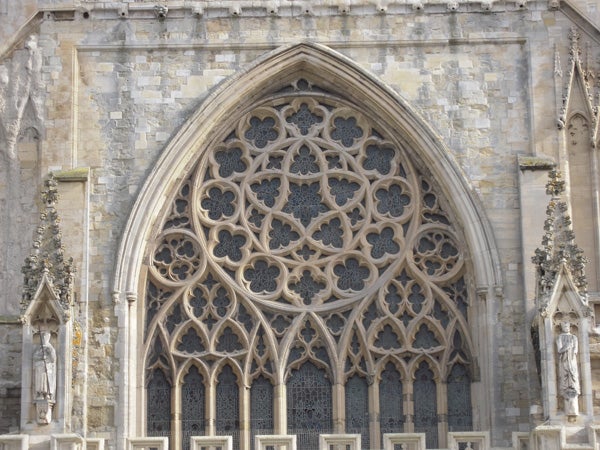
The usual test shot of the cathedral window to compare detail and sharpness with other cameras. See below for a full-res crop or click to download the full-sized version.
—-
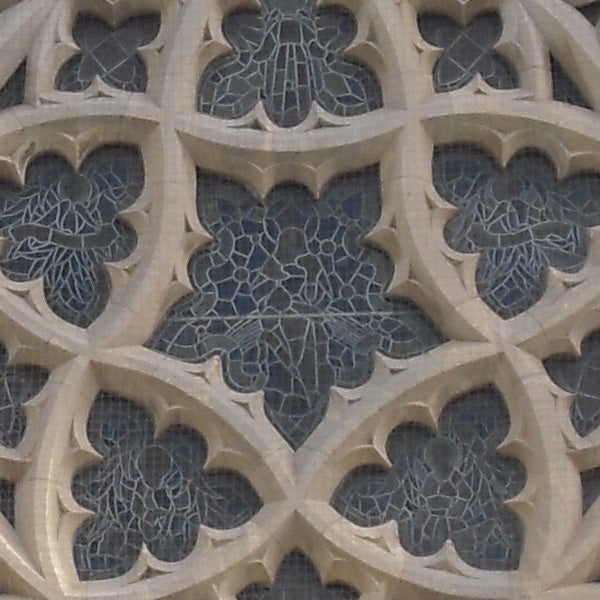
The level of detail is quite low for a 10MP model, due to high compression.
—-
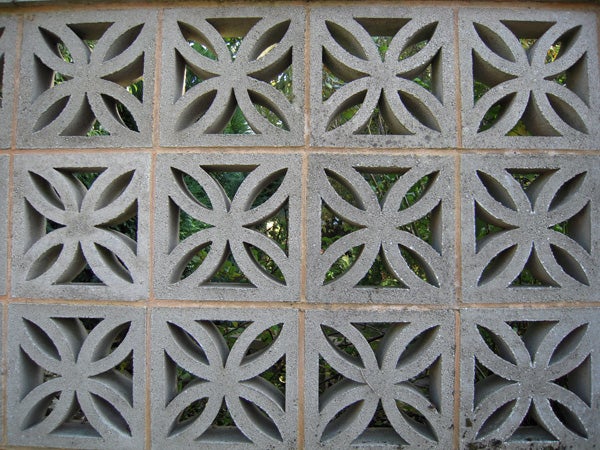
The 28mm wide angle lens doesn’t produce too much distortion.
—-

Centre sharpness is pretty good…
—-
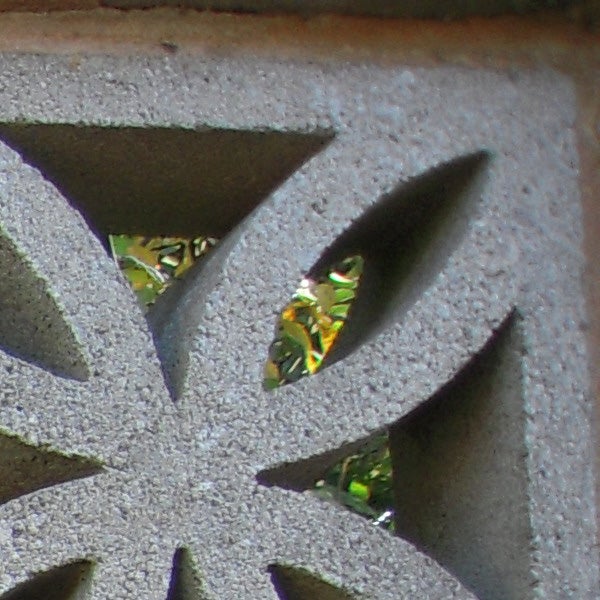
…but corner blurring is quite bad, and there is some chromatic aberration as well.
—-
”Here are some general test shots to help evaluate the camera’s overall image quality, including the zoom range of the lens. Some pictures may be clicked to download the full size original image. ”
—-

The 28mm-equivalent wide angle lens is great for panoramic shots.
—-

The telephoto end of the zoom is equivalent to 112mm, about the same as a normal 3x zoom compact.
—-

Colour rendition is generally excellent.
—-
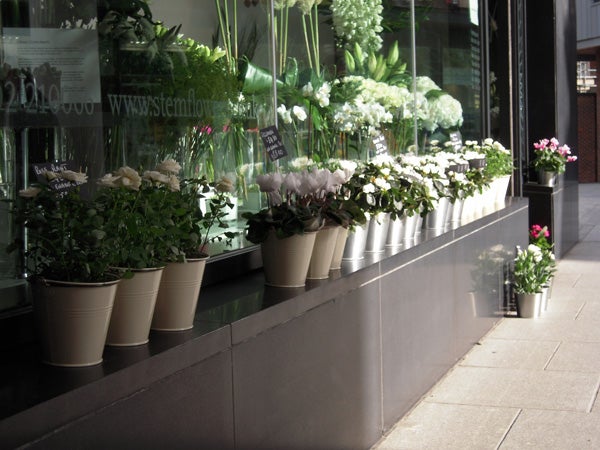
Bother featureless shadows and burned out highlights in this high contrast shot.
—-
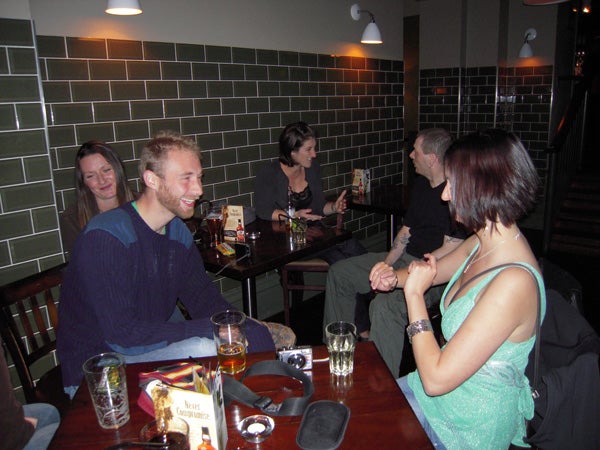
Flash range and coverage is about average for this class of camera.
—-
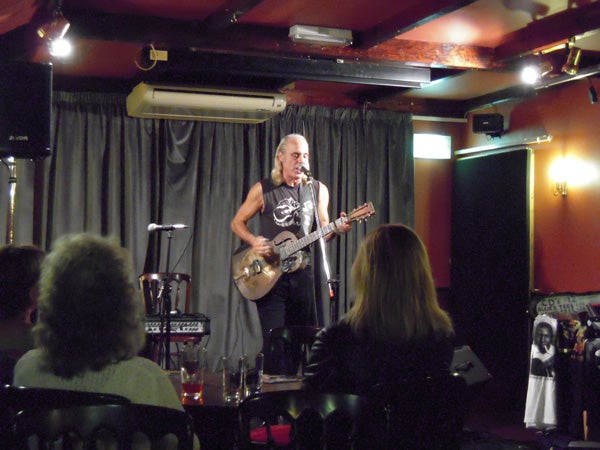
Low light shooting without a flash at 1600 ISO. Not a bad picture really, as long as it’s small.
Trusted Score
Score in detail
-
Value 4
-
Image Quality 7
-
Build Quality 9

